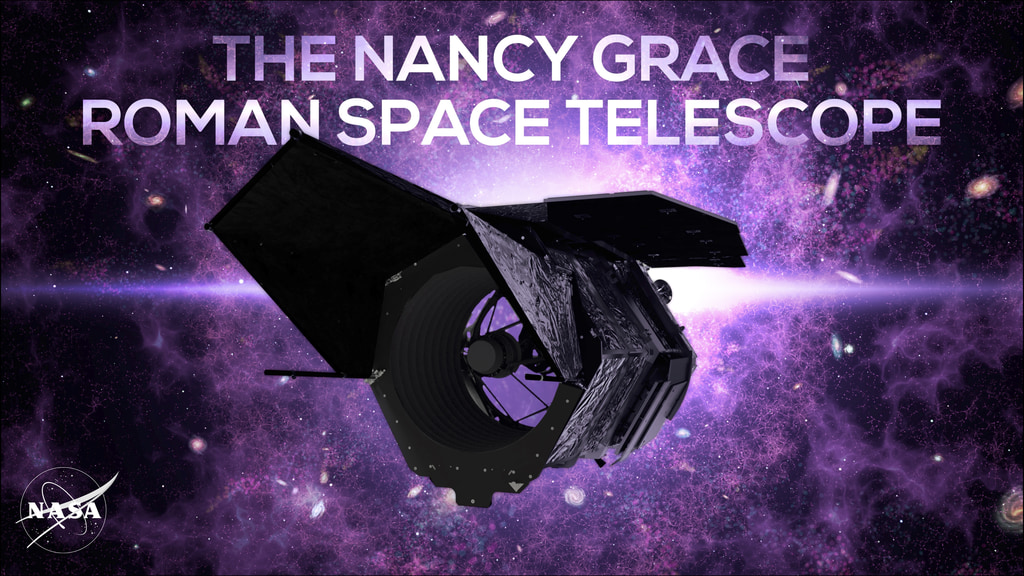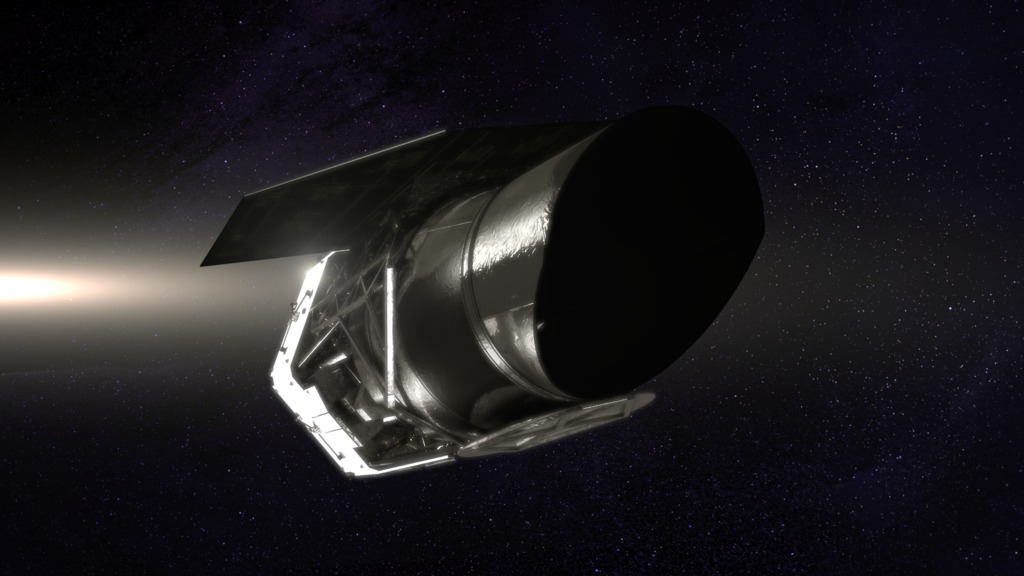Roman Space Telescope Coronagraph Animation
Animation illustrating how a planet can disappear in a star's bright light, and how a coronagraph can reveal it.
A coronagraph works by blocking the bright light of a star to allower dimmer objects, like orbiting exoplanets, to become visible. This in turn allows cameras to directly image the exoplanet.
Direct imaging provides the critical approach to studying the detailed properties of exoplanets. Images and spectra of directly imaged planets provide some of the most powerful information about the structure, composition, and physics of planetary atmospheres. This information can in turn help scientists better understand the origin and evolution of these systems. The direct imaging technique is also naturally applicable to the nearest and brightest, and thus best-characterized, solar systems.
Advancing the technology for direct imaging of exoplanets was the top priority medium-scale space investment recommended by NWNH. Coronagraphy on the Roman Space Telescope will be a major step towards the long-term goal of a mission that can image habitable Earth-mass planets around nearby stars and measure their spectra for signs of life.
Credits
Please give credit for this item to:
NASA's Goddard Space Flight Center Conceptual Image Lab
-
Animator
- Walt Feimer (HTSI)
-
Producer
- Scott Wiessinger (USRA)
-
Scientist
- Neil Gehrels (NASA/GSFC)
Missions
This page is related to the following missions:Series
This page can be found in the following series:Release date
This page was originally published on Tuesday, September 20, 2016.
This page was last updated on Sunday, October 6, 2024 at 11:44 PM EDT.

